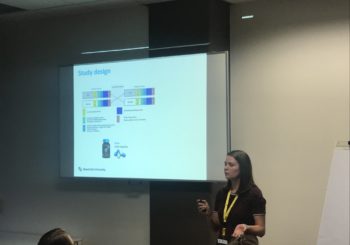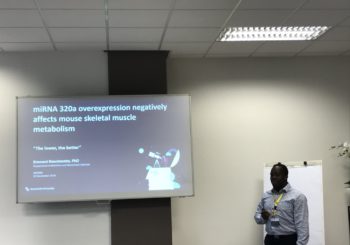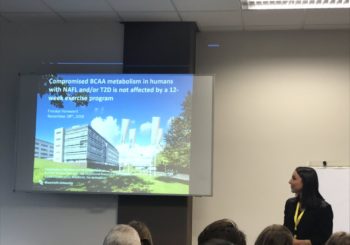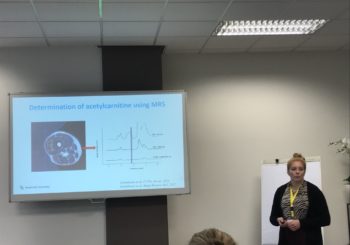
Congratulations to our colleague Jan-Frieder Harmsen who secured a grant of the European Foundation for the Study of Diabetes (E
FSD)! The project will focus on circadian rhythm and will build further on the previous day-night rhythm studies performed by our group. These studies revealed that pre-diabetes volunteers lack day-night rhythmicity in mitochondrial function and in 24h substrate m...








